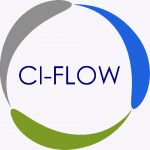
The Coastal and Inland FLooding Observation and Warning project has launched a Facebook page and a Twitter site in an effort to make CI-FLOW research more visible.

The Coastal and Inland FLooding Observation and Warning project has launched a Facebook page and a Twitter site in an effort to make CI-FLOW research more visible.

Over the past five summers, students have been making thousands of phone calls to collect reports of severe weather from the public as part of the Severe Hazards Analysis and Verification Experiment (SHAVE).

Preliminary numbers show VORTEX2 intercepted about 30 supercells, and 20 weak or short-lived tornadoes.
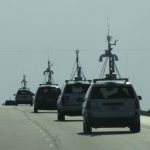
The Verification of the Origins of Rotation in Tornadoes Experiment – 2 will begin the second year of data collection on May 1 and run through June 15.
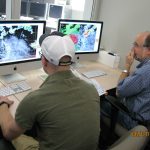
The cornerstone of the testbed is the annual NOAA HWT Spring Experiment that attracts 50-60 researchers and forecasters to Norman each year.
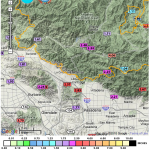
NSSL’s mobile radar team and the Shared Mobile Atmospheric Research and Teaching Radar (SMART-R) have returned to Norman, Okla. following participation in the NOAA/USGS demonstration flash flood and debris flow early warning system project.

NSSL’s mobile radar team and the SMART-R have captured seven heavy rain events in southern California.

NSSL’s mobile radar team and the Shared Mobile Atmospheric Research and Teaching Radar arrived safely at the Bob Hope Airport in Burbank, California at the end of November.
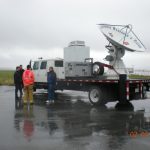
December 1, NSSL’s mobile radar team will begin to collect data with the Shared Mobile Atmospheric Research and Teaching Radar (SMART-R) in southern California to help monitor rainstorms that may trigger dangerous debris flows.
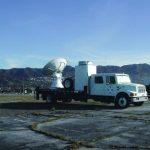
A team of NSSL scientists operated NOAA NSSL’s mobile X-band dual-polarized radar (NO-XP) in Colorado through September 20 to collect data and analyze storm characteristics in the Gunnison river basin.